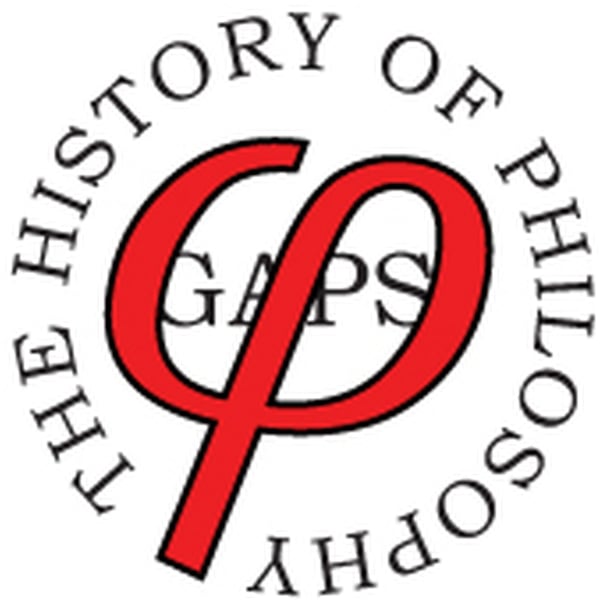HoP 428 - Weird Sisters - Shakespeare’s Macbeth and Witchcraft
History of Philosophy Without Any Gaps
Peter Adamson
4.7 • 1.9K Ratings
🗓️ 17 September 2023
⏱️ 26 minutes
🧾️ Download transcript
Summary
Transcript
Click on a timestamp to play from that location
| 0:00.0 | Hi, I'm Peter Adams, and you're listening to the History of Philosophy podcast, brought to you with the support of the Philosophy Department at King's College London and the LMU in Munich. |
| 0:23.0 | Online at historyofilosophy.net. Today's episode, Weird Sisters, Shakespeare's Macbeth and Witchcraft. |
| 0:33.0 | In the last episode, I tentatively suggested that in the tempest, the characters of Caliban and Ariel might represent aspects of Prospero's own mind, his lower passions and reason, perhaps. |
| 0:45.0 | This may have struck you as implausible since it makes it sound like Shakespeare would be anticipating Freud by several hundred years, but actually it's very plausible because of what lay in Shakespeare's past, not his future. |
| 0:57.0 | Medieval plays tended to personify abstract ideas and psychological phenomena, especially religious and moral ones. |
| 1:06.0 | In fact, we saw an example of that on the podcast, a long while back, when I mentioned that Hildegard of Bingham wrote plays to be performed by the Sisters of Her Convent. |
| 1:15.0 | The characters might be virtues, vices, or the soul itself. |
| 1:20.0 | And by the 16th century, it was common to explore psychological conflicts in a theatrical context. |
| 1:26.0 | Such works are sometimes described as exhibiting a psychomachia or battle of the soul. |
| 1:32.0 | With that sort of cultural background, it was perfectly natural for Shakespeare to put on stage and actor playing the part of time, who shows up to move the plot forward in the Winter's Tale. |
| 1:42.0 | That's a case of straightforward personification, but other roles might have worked on multiple levels for their original audience, as both symbolic and dramatic. |
| 1:50.0 | Thus a figure like Iago could function both as the villain of the story and as an external manifestation of Othello's jealousy. |
| 1:58.0 | A further layer of ambiguity would be added when Shakespeare makes such characters subhuman, like Caliban, or superhuman, like Ariel. |
| 2:07.0 | This allows for a different interpretation of magic in Shakespeare, instead of seeing it as a departure from everyday reality or as a symbol for the artificiality of theater, we could think of it as a way to represent things that are real, but only in so far as they exist in the mind. |
| 2:24.0 | In this episode, I want to explore this hypothesis by talking about Macbeth. |
| 2:28.0 | The very title conjures up eerie, unsettling images, Macbeth seeing a dagger floating in the air before him, and then the bloody ghost of one of his victims, Banco. |
| 2:38.0 | His wife, Lady Macbeth, trying to rub invisible blood off her hands as she sleepwalks, and of course the witches, whose first appearance opens the play. |
| 2:48.0 | These scenes of the supernatural and unnatural would have played very differently when they were first stage than they do today, because most of the people in the audience would have believed in witchcraft and found it genuinely terrifying. |
| 3:00.0 | So to understand these elements of Macbeth and what they might have to do with philosophy, we need to take a detour into the fascinating and disturbing world of early modern beliefs about witches. |
| 3:11.0 | The first thing to say is that it's a bit unfair of me to focus on this topic here in a series of episodes on Shakespeare, because in this period accusations of witchcraft were vastly more common in continental Europe than they were in England. |
| 3:23.0 | Thousands of supposed witches were tried and executed in Germany, for instance, whereas in England we're talking about figures in the low hundreds with an outsized proportion of those cases coming in Essex for some reason. |
| 3:35.0 | Still, for Elizabethan and Jacobian theater coars, witchcraft was a serious concern. Indeed, it was a serious concern for Elizabeth and James themselves. |
... |
Transcript will be available on the free plan in -558 days. Upgrade to see the full transcript now.
Disclaimer: The podcast and artwork embedded on this page are from Peter Adamson, and are the property of its owner and not affiliated with or endorsed by Tapesearch.
Generated transcripts are the property of Peter Adamson and are distributed freely under the Fair Use doctrine. Transcripts generated by Tapesearch are not guaranteed to be accurate.
Copyright © Tapesearch 2025.

